(Editor’s note: During the month of January, the ClassicCars.com Journal has presented a series of stories related to and perhaps explaining the recent increase in interest in collecting cars produced by Japan-based automakers.)
It seems strange now, but not so very long ago, Japanese cars got no respect whatsoever in the collector car world. They were branded with insulting and sometimes racist nicknames, and the going logic was that none of the myriad of cars and trucks from the Land of the Rising Sun since the 1950s would ever rise up to any level of collectability.
Other than the exotic outliers Toyota 2000GT and Mazda Cosmo, this held true even for such remarkable sports cars as the landmark Datsun 240Z, the rotary-engine Mazda RX-7, and the innovative Acura NSX.
But how things have changed during the past decade. Now, it’s no surprise to find Japanese production cars at collector car auctions, and nobody bats an eye when 6-figure prices are achieved by great examples. Or when a first-production 2020 Toyota Supra or the first 2021 Lexus LC 500 convertible each go for more than $2 million in Barrett-Jackson charity auctions.
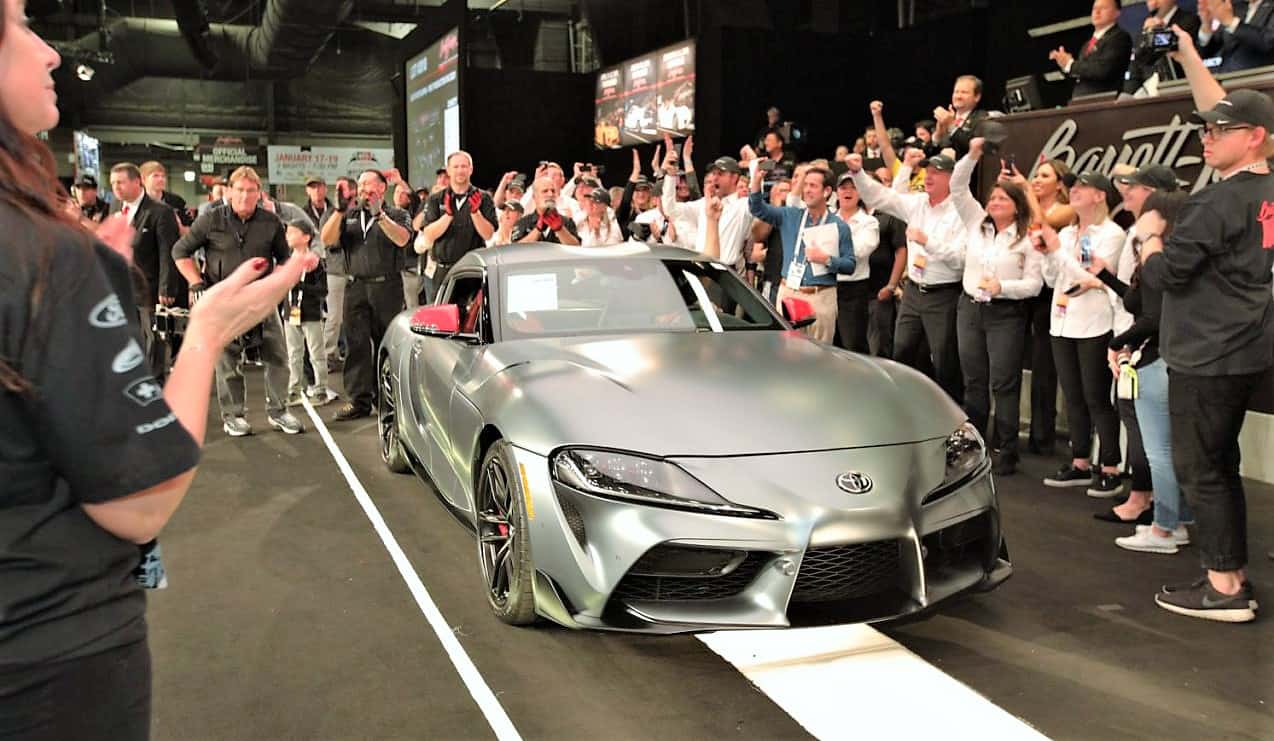
This past month, the ClassicCars.com Journal has posted articles about the growing appreciation and desirability of Japanese vehicles, which comes partly due to a generational changeover but also as the result of popular movies, social media and motorsports.
No doubt, the wildly successful Fast and Furious movie franchise and smoky Formula Drift competitions have spurred the desirability of sporty cars from Japan. But while the youngest generation of car enthusiasts provides the spark, there are also those Baby Boomers and Gen Xers who nostalgically crave the Japanese vehicles they knew and remember fondly.
As a bona fide Boomer, I know that my interest in those cars comes from personal experience. Really, it was my generation that took to Japanese vehicles in the 1970s because of their affordability and then-remarkable reliability.
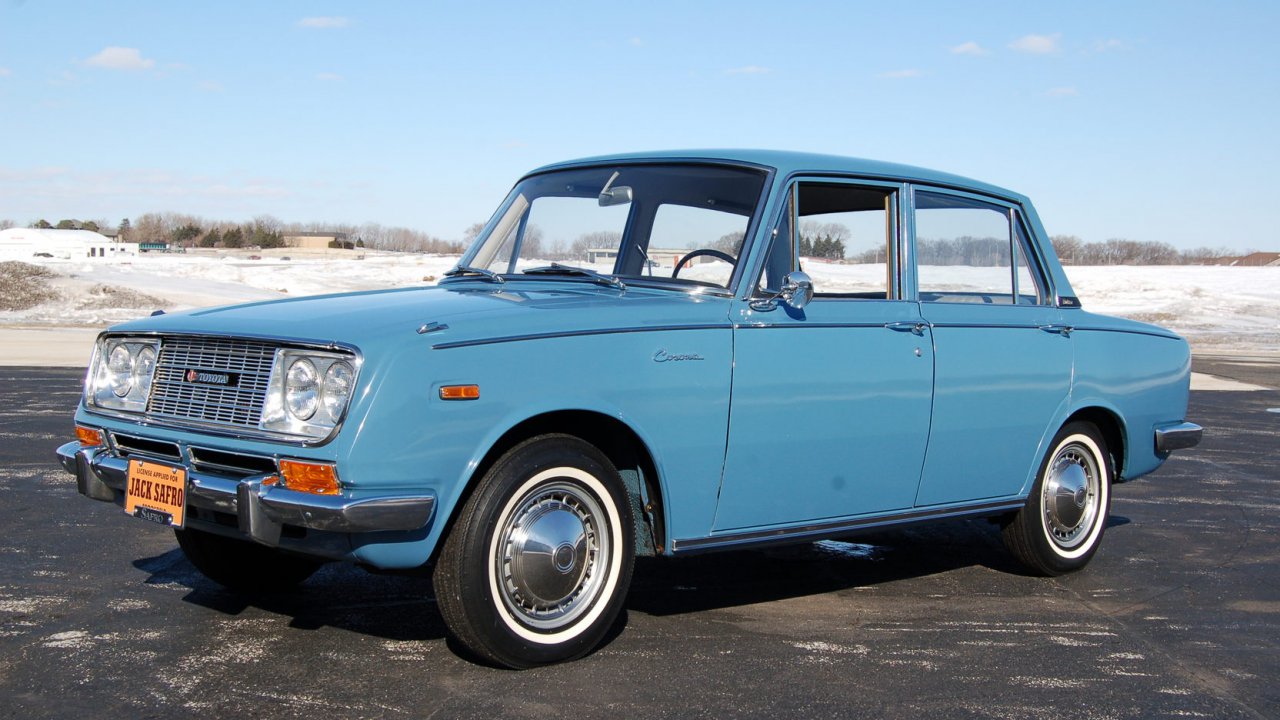
I once worked with a guy about my age who was enamored with 1960s and ’70s Toyota Coronas, and who not only collected them but used one as his daily driver. His parents had a Corona and he never got over his enthusiasm for the car on which he learned to drive.
The last time I encountered him was at Barrett-Jackson, where he was checking out yet another Corona that, uncharacteristically, was set to cross the auction block.
When I was a teenager, my buddy Doug had a tech-savvy dad who was what they now call an “early adopter” of the latest gadgets and innovations. He was the first person I knew who owned a Japanese car.
The little car was a Toyota Corona with a manual transmission, I think a 1966 model, and it was a terrific revelation for our fevered adolescent minds. We loved how high and smoothly the engine revved and how nicely the car drove.
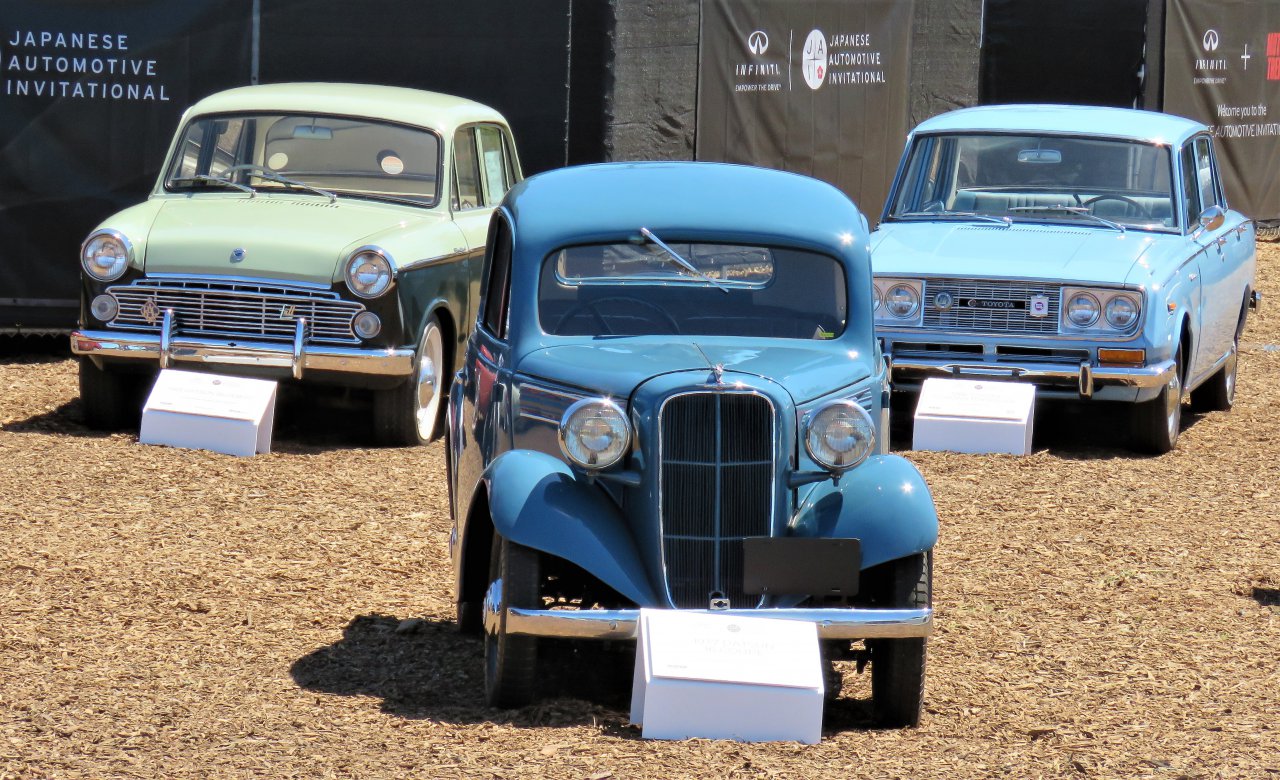
A few years later, we were all stunned by the so-called fuel crisis of 1973-74 and the sudden realization that oil was a finite resource. While the domestic automakers scrambled to raise gas mileage for their fleet and Volkswagen vied to continue its small-car dominance, it was the Japanese who stepped in with their flock of gas sippers that ruled the day.
Soon, many of my friends and co-workers were driving around in Toyotas, Datsuns (now Nissan), Hondas, Subarus and Mazdas. Sporty, sturdy Japanese motorcycles, as well as fantastic cameras, had years earlier helped the Made in Japan label shed its post-war shorthand for cheap and disposable (much like future Chinese goods), so that we were ready to trust and rely on Japanese automobiles.
My first Japanese car was a 1971 Dodge Colt, a captive import made by Mitsubishi, with a 4-speed manual transmission that I bought for next to nothing and that provided fun and reliable transportation for about five years. Alas, it finally succumbed to extensive rust caused by the salted roads encountered during Pennsylvania winters. This was the fate of many Japanese cars of that era driven in snowy climates, and why so few survive.
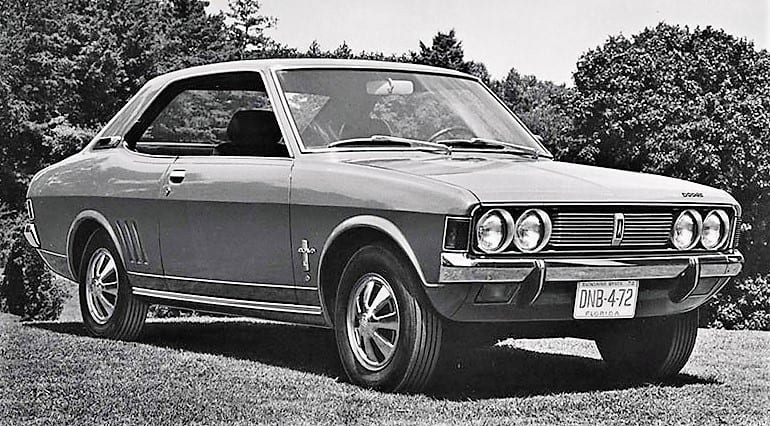
After I moved to much-sunnier Arizona, I owned for a time a memorable 1986 Mitsubishi Montero with stickshift and 4-wheel drive, and with which I discovered the wonders of off-roading in the rocky desert. The Montero was a mountain goat that never once got stuck or broke down.
The Japanese cars that appeal to me today as collector cars are led, of course, by the iconic Datsun 240Z, a true landmark vehicle. My appreciation for the 240Z was reignited a few years back when I joined a friend in his 1971 model on a multi-day Arizona road rally. A wonderful car that drove really well, even by today’s standards.
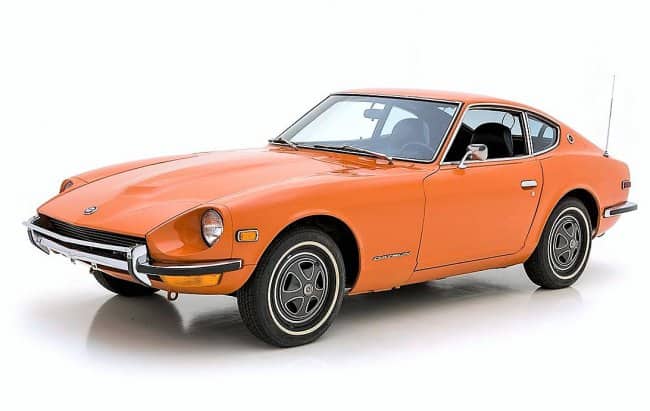
I’m also fond of the Mitsubishi 3000GT. Also, such 4-wheelers as Toyota Land Cruisers, as well as Nissan and Toyota pickup trucks.
But I totally get the appeal of so-called Japanese Domestic Market vehicles, known as JDMs. Some of them are uniquely stylish, even the tiny commuter cars with their quirky designs, although right-hand drive does limit their appeal somewhat in this left-hand-drive nation.

I also get sports-compact tuners who turn such things as Honda Civics into today’s equivalent of street rods. Subaru’s WRX STi became a performance icon for younger drivers, and I most certainly get that, too.
But while Japanese cars have made major strides in collectability, they have yet to make their mark in the high-flying realm of concours d’elegance. There have been inroads, such as a special 240Z class a few years back at the Amelia Island Concours in Florida, and the Japanese Automotive Invitationals, which has become an annual companion show at the Pebble Beach Concours.
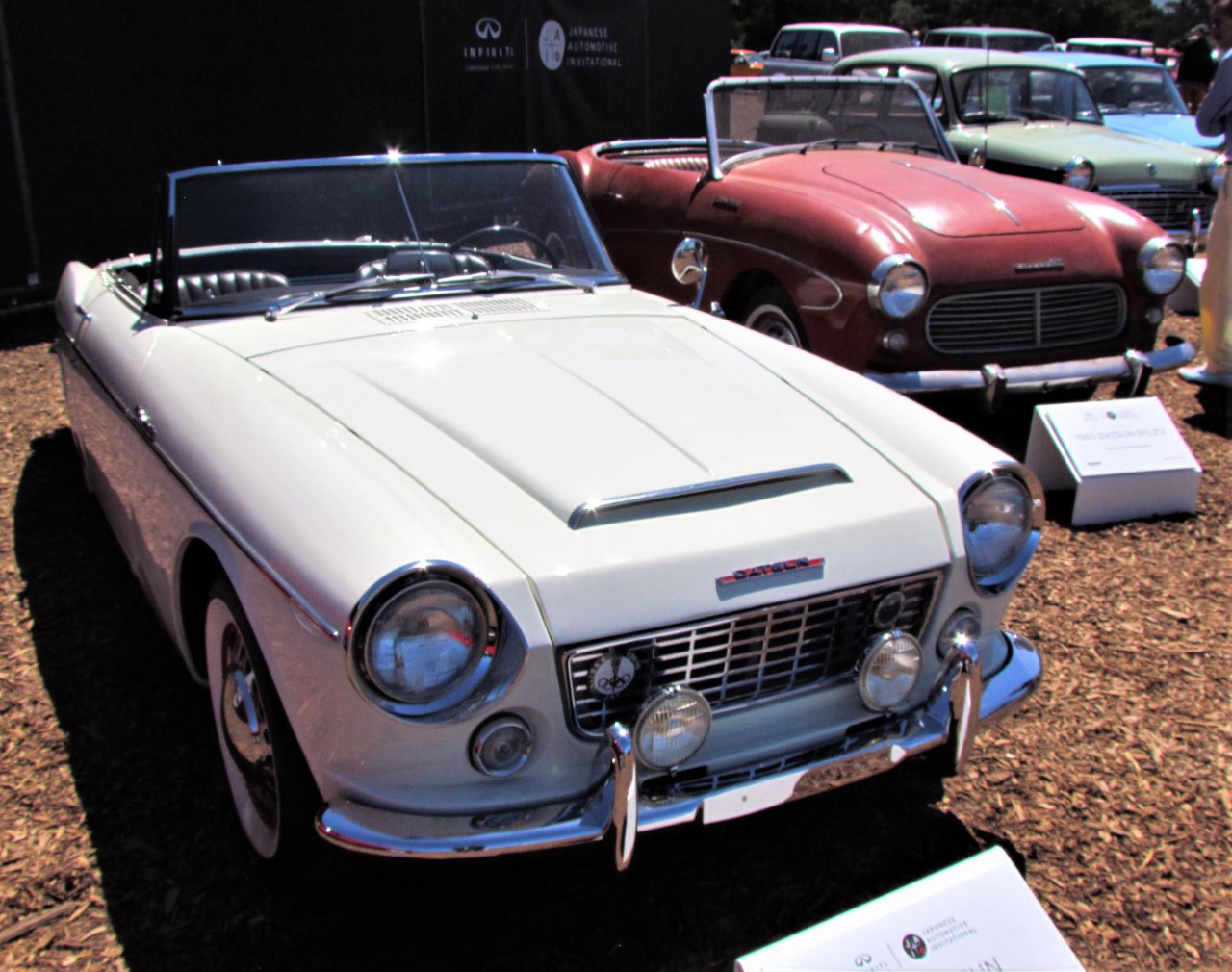
The time will come when concours classes for cars from Japan will be as common as those for cars from Europe, and we won’t bat an eye about that, either. That’s inevitable.
Meanwhile, stay tuned in as the collector car market changes over the years, with younger fans moving in as the old guard fades away. It’s a continuous churn that’s happened before and will happen again.



